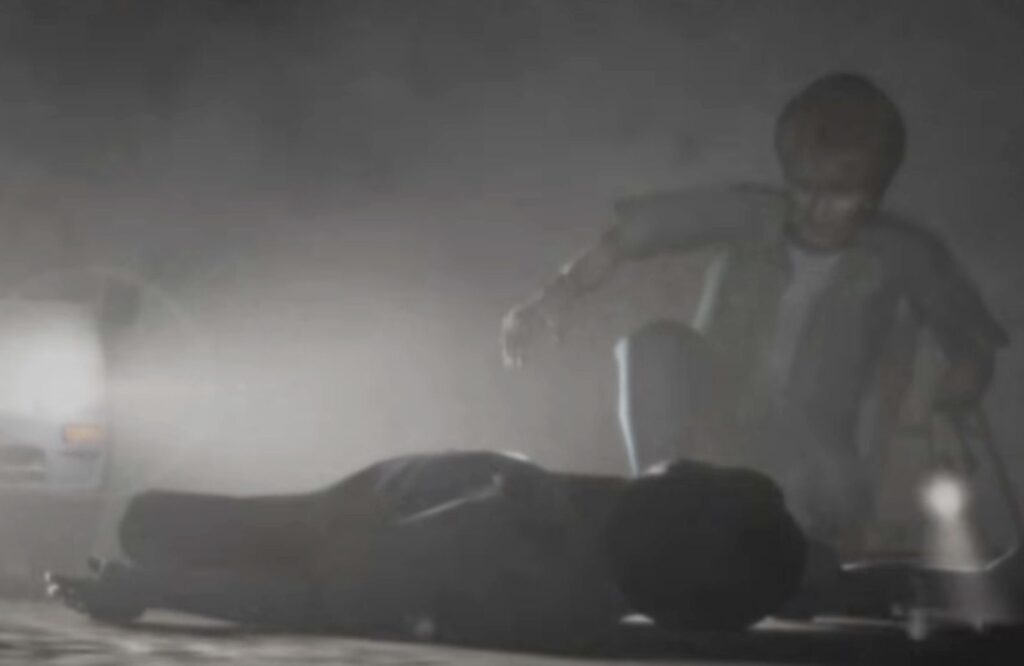As the horror gaming genre continues to evolve, blending groundbreaking graphics and complex narratives, there’s something captivating about the return of beloved franchises that tap into our collective nostalgia. One such game, “SIREN”, is set to make a highly anticipated return to PlayStation, stirring up excitement among both long-time fans of the series and newer players drawn to its eerie, atmospheric style. This upcoming installment, which promises to revisit and expand upon the original “SIREN” series’ iconic survival horror mechanics, will serve as a bridge between the nostalgia of classic horror gaming and the modern advances in interactive storytelling and gameplay design.
The announcement of SIREN’s return comes at a moment where the horror genre is experiencing a renaissance, with recent titles such as “Resident Evil Village” and “The Last of Us Part II” pushing the boundaries of horror experiences through advanced mechanics and deeply immersive worlds. SIREN, however, offers something uniquely unsettling: a narrative-driven, atmospheric approach that deeply roots itself in Japanese folklore and psychological horror. As we await the game’s launch, this critical analysis will delve into its history, its enduring legacy, the design choices that set it apart, and how its return could redefine horror gaming for a new generation.
The Original “SIREN” Series: A Cult Classic
The “SIREN” series, known in Japan as “Forbidden Siren”, first debuted in 2003 on the PlayStation 2. Created by Keiichiro Toyama, the mastermind behind the “Silent Hill” series, the game quickly established itself as a cult classic within the survival horror genre. Unlike its contemporaries, “SIREN” traded in the overt gore and violence typical of early 2000s horror games for a more psychological, fear-inducing experience. Set in the fictional Japanese village of Hanuda, players found themselves in the midst of a rural community trapped in a strange ritualistic horror scenario.
What truly set the original “SIREN” apart was its disorienting narrative structure. The game followed multiple characters through overlapping timelines, forcing players to piece together events from fragmented perspectives. This non-linear storytelling, while challenging for some players, gave the game a unique depth and heightened sense of tension, as players never quite knew when they would be thrust into terrifying situations.
Another groundbreaking mechanic introduced in the original “SIREN” was the “sightjacking” feature. This allowed players to temporarily see through the eyes of their enemies, the shibito—undead villagers that had been transformed by a supernatural force. The ability to see what these grotesque creatures saw added a layer of paranoia and unpredictability to the gameplay. Often, the player’s view would shift to a shibito stalking them from afar, ramping up the tension as they had to strategize their next moves carefully. This innovative mechanic was one of the many reasons why “SIREN” gained a reputation as one of the most unsettling and psychologically demanding horror games of its time.
Despite its critical acclaim and innovative design, “SIREN” never achieved the same level of commercial success as mainstream horror titles like “Resident Evil” or “Silent Hill”. However, its distinct style and approach earned it a loyal fanbase, particularly among players who appreciated its atmospheric world-building, intricate narrative, and deep roots in Japanese folklore.
Revisiting Horror Roots in the Modern Era
Fast-forward to 2024, and the gaming landscape is significantly different. Horror games have become far more varied, from indie psychological horror experiences like “Amnesia: The Dark Descent” to large-scale AAA titles like “Resident Evil” and “Outlast”. The return of SIREN raises several important questions about how it will fit into this current ecosystem, and more importantly, how it will balance its nostalgic roots with the demands of contemporary players.
First and foremost, the upcoming “SIREN” must confront the challenges of modern horror game design. In the early 2000s, the limitations of technology often worked to the benefit of horror games—low-resolution graphics and clunky controls contributed to an overwhelming sense of helplessness and claustrophobia. Today, however, gamers expect far more precision and fluidity in their interactions with the game world, without sacrificing the sense of tension that survival horror thrives on.
What has always set “SIREN” apart from other survival horror games is its reliance on Japanese folklore, particularly the concept of “spirits” and supernatural occurrences that stem from ancient beliefs. The original games immersed players in a world steeped in Shinto rituals, ghostly apparitions, and cursed lands, contributing to a uniquely unsettling atmosphere that Western horror games often fail to capture.
In the upcoming “SIREN”, it’s expected that the developers will delve even deeper into this rich cultural well, potentially introducing new folkloric elements or expanding upon the supernatural forces that dominated the earlier games. This connection to folklore is vital, as it serves not only as a narrative framework but also as a way to ground the game’s horror in something timeless and universal. By drawing on deeply rooted fears—such as the loss of identity, the boundaries between life and death, and the corrupting power of ancient forces—SIREN creates a uniquely eerie experience that speaks to both primal and cultural anxieties.
Psychological horror is another key element of SIREN’s DNA. Rather than relying on gore or over-the-top monster designs, SIREN is more interested in evoking fear through atmosphere, sound design, and the unknown. The sense of isolation and confusion that permeates the series is as integral to the horror as the physical threats players face. In many ways, SIREN echoes the works of filmmakers like Hideo Nakata (Ringu) or Takashi Shimizu (Ju-On: The Grudge), in which unseen or barely glimpsed supernatural forces torment the characters, slowly unraveling their sense of reality.
As the gaming industry moves increasingly toward photorealism, it’s worth considering how “SIREN” will balance its realistic environments with the surreal and dreamlike quality of its horror. A successful revival will likely play on the ambiguity between what’s real and what’s imagined, forcing players to question whether their character’s experiences are grounded in reality or shaped by the influence of supernatural forces.
If there is one area where “SIREN” could reclaim its place at the top of the horror genre, it’s in the realm of sound design and atmosphere. In the original games, the audio cues were as important—if not more so—than the visual scares. The distant shuffling of shibito, the faint echo of eerie chanting, or the rustling of wind through empty streets all combined to create a deeply immersive world. In this regard, “SIREN” was a precursor to later games like “Dead Space” and “Alien: Isolation”, where sound becomes an active participant in the horror experience.
For the upcoming “SIREN”, expect developers to lean heavily into advanced sound design techniques, perhaps incorporating spatial audio or dynamic soundscapes that change based on the player’s actions. The isolated, rural setting of the original game lent itself to this kind of environmental storytelling, and it’s likely that the new game will continue this tradition.
No comments yet.








